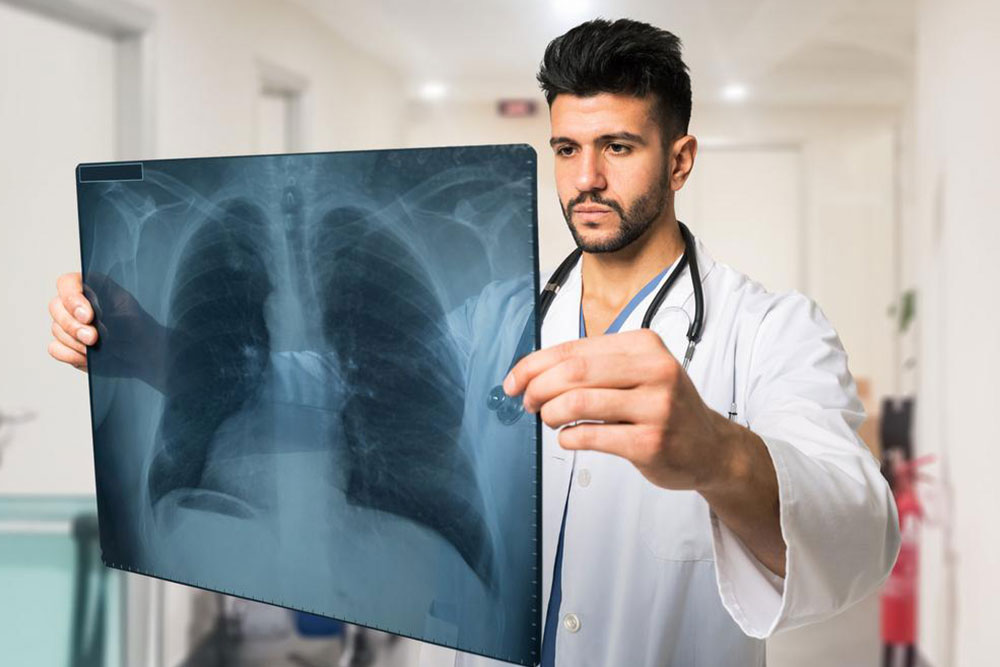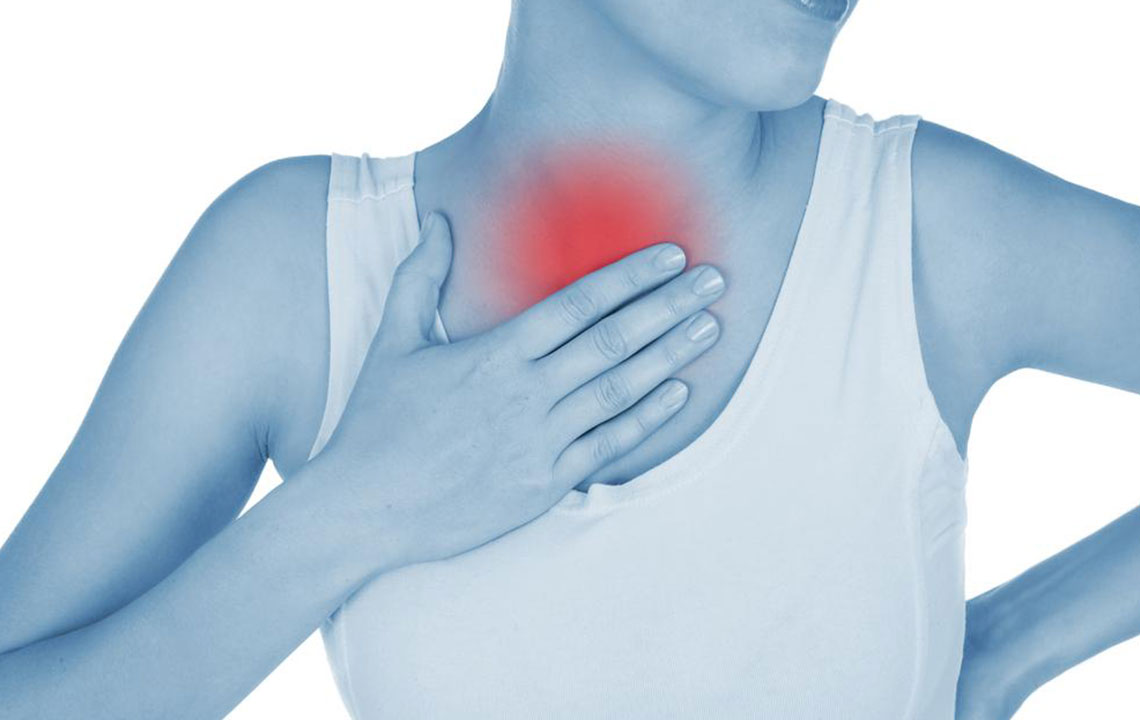Understanding Respiratory Diseases: A Comprehensive Guide
This article offers an insightful overview of respiratory diseases, covering anatomy, causes, and common conditions like COPD, asthma, and infections. It emphasizes understanding symptoms and mechanisms to aid early detection and management. An essential resource for healthcare students, practitioners, and anyone interested in respiratory health, the guide underscores the importance of professional consultation for diagnosis and treatment.

Understanding Respiratory Diseases: A Comprehensive Guide
The respiratory system is made up of specialized organs responsible for breathing. Air enters through the nose, where it is warmed and filtered. The sinuses and mouth lead to the pharynx, followed by the larynx or voice box, and then the trachea. The trachea splits into bronchi, which enter the lungs. Within the lungs, bronchi divide into smaller bronchioles and alveoli—tiny sacs lined with capillaries where gas exchange occurs. Oxygen passes into the blood, while carbon dioxide is expelled.
Breathing typically happens involuntarily, driven by the diaphragm, which contracts and relaxes to change the chest cavity’s volume. The diaphragm flattens during inhalation, creating negative pressure that pulls air in, and relaxes during exhalation.
Respiratory conditions are categorized by affected regions: upper respiratory and lower respiratory tracts, the latter including the lungs and bronchi.
Disorders are also classified by cause: obstructive (like asthma and bronchitis), restrictive (like fibrosis and sarcoidosis), and vascular (such as pulmonary hypertension and edema).
Common respiratory illnesses include chronic obstructive pulmonary disease (COPD), which results from long-term lung irritation. Other examples are chronic bronchitis—causing mucus overproduction—and emphysema, which damages alveoli, impairing airflow. Asthma causes periodic airway constriction, making breathing difficult. Infections can worsen these conditions, leading to serious health risks.










